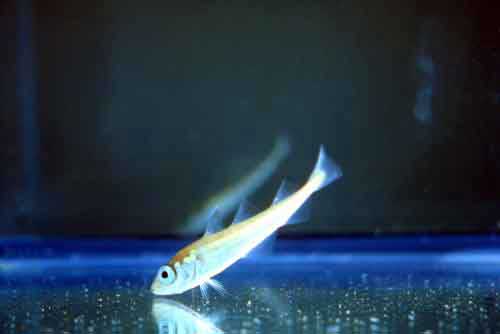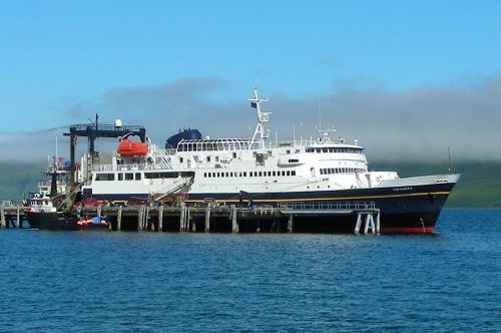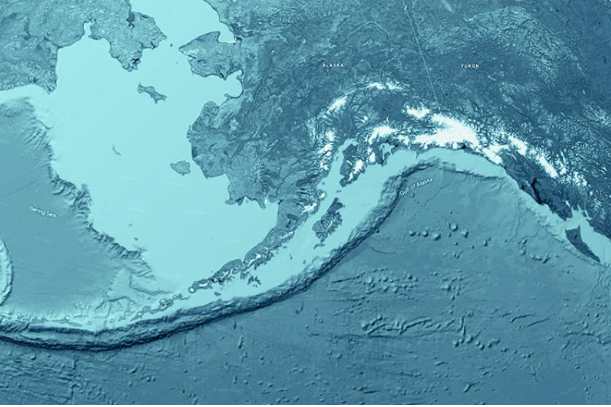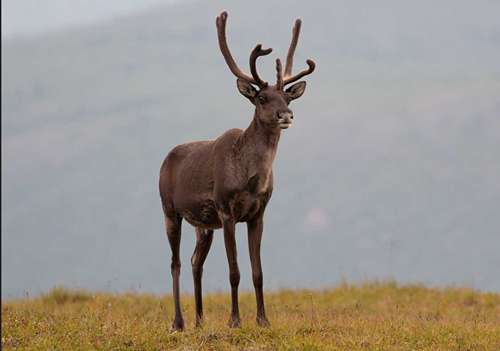When it comes to providing good nutrition for very young pollock in the Bering Sea, there’s nothing like cold winter-spring temperatures to boost production of zooplankton with the larger lipid reserves they need for survival.
Over the past seven years, from 2007 through 2013, the Bering Sea has experienced an unusual sequence of cold winter-spring temperatures, in the wake of six warm temperature years, from 2000 to 2005. Sea ice extent in 2008, 2010, 2012 and 2013 were close to record extents not seen since the early 1970s, in contrast to the warm years of 2000 through 2005, except 2002, according to a report on ecosystem considerations compiled by the Alaska Fisheries Science Center. The 236-page report is online athttps://www.afsc.noaa.gov/REFM/Docs/2013/ecosystem.pdf
Federal fisheries scientists have found, in their ecosystem based management research, that warmer temperatures relate to poor recruitment, while colder temperatures relate to better recruitment, said Ed Farley of NOAA’s Alaska Fisheries Science Center Auke Bay Laboratory in Juneau.
Farley presented the update on managing for overall value with ecosystem based management on March 7 to the annual summit of the Southwest Alaska Municipal Conference in Anchorage.
In trying to find out what’s driving these trends in recruitment, he said, researchers looked at the dynamics of lower trophic levels in the Bering Sea, and the zooplankton (fish food) that pollock, cod and other groundfish depend on. They found that the numbers of small zooplankton increased in warmer temperatures and numbers of large zooplankton, with a higher level of lipids (fats) increased in colder weather.
“If you are trying to provision yourself for winter you want to eat things that have lots of lipids, that are a good nutritional value,” Farley said. “And we know from the diet analysis that we did on young cod that in warm years their diet mostly consisted of these small zooplankton and some other things, but when it got colder they switched over to these large zooplankton.”
Data compiled by NOAA showed that the fitness level of pollock less than a year in age during the warmer years – and therefore their survival through winter months – was considerably lower than when they had a higher caloric content and the resulting energy during the cold period.
The real surprise here has been the response of the Bering Sea in lower trophic levels, Farley said.
“In terms of response to this anomalous warming, when it is very warm we see some real changes in the lower trophic levels of this part of the ecosystem from the small zooplankton to these large ones.”
More large zooplankton with a high lipid count in cold years has resulted in better survival of the young fish.
Read more at Fishermen’s News Online.







